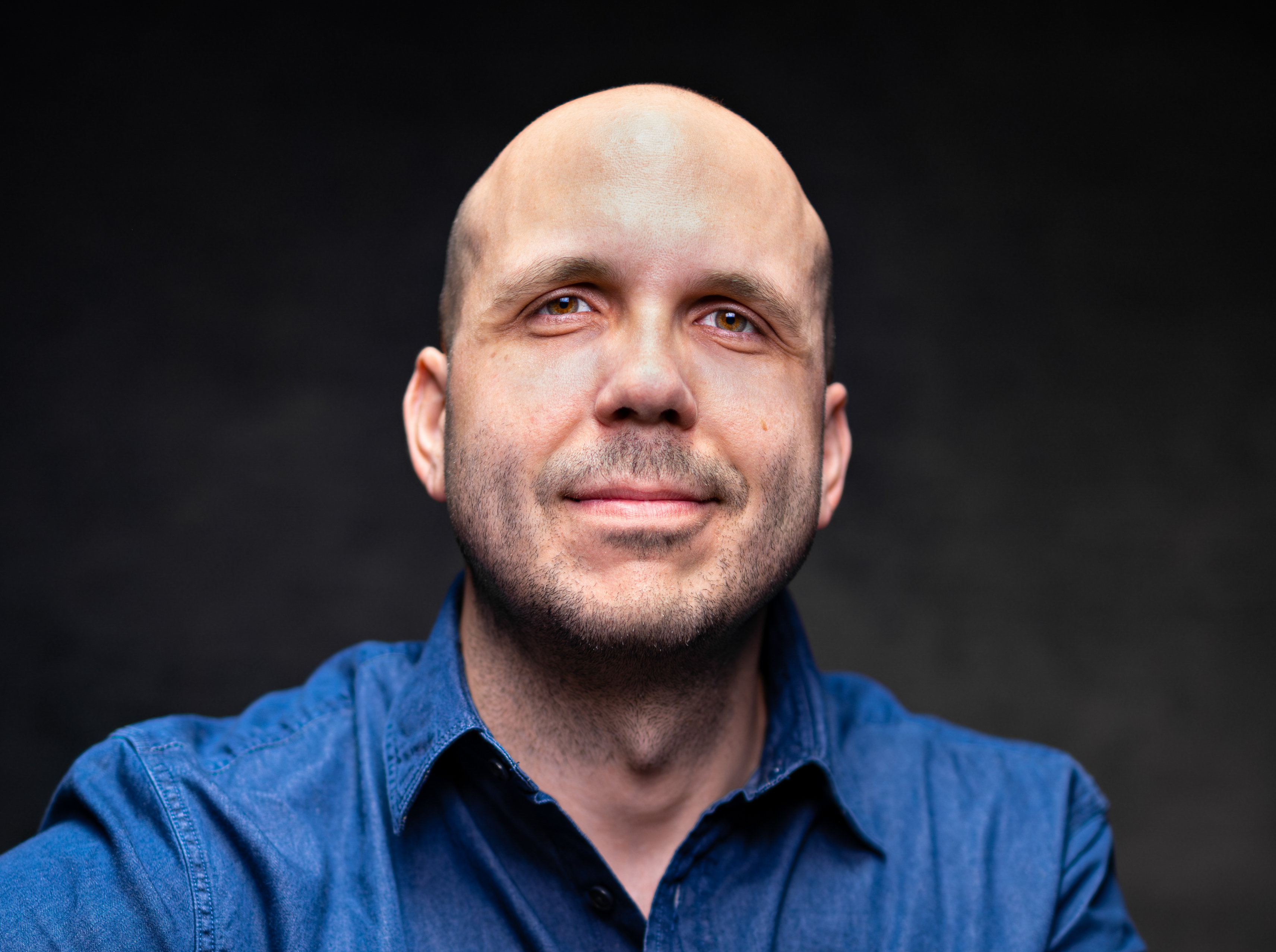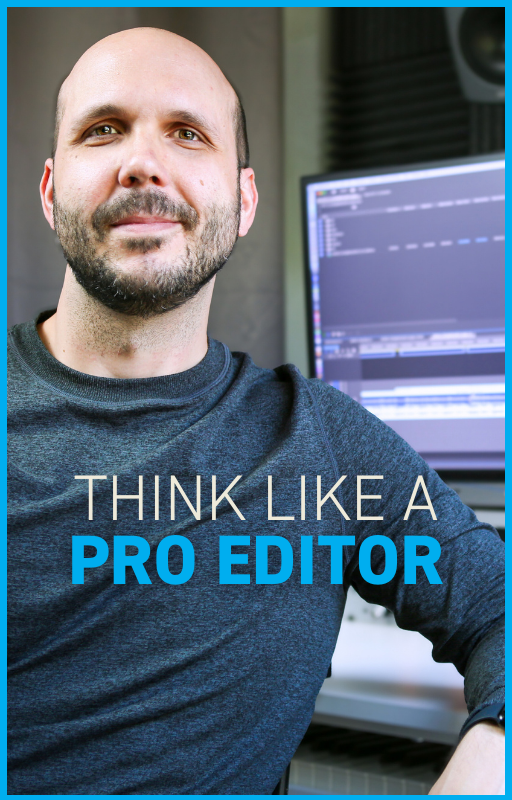How I would learn video editing (If I had to start over in 2025)
Mar 15, 2025My name is Austen Menges, and I've been a professional editor for over 20 years. And this is a hammer.🔨
What does a hammer have to do with video editing? We’ll get to that. But first, if I had to start over as a video editor today, I’d do it completely differently than most beginners. I want to share the five steps I’d take to get better as an editor as fast as possible—and they get more and more important as we go.
Let’s start with the first thing most people get stuck on: tools. That’s where the hammer comes in.
If you were a carpenter starting out, how much time should you spend picking out a brand of hammer? Not much. Maybe you’d read a couple reviews or ask someone more experienced. Why? Because a carpenter isn’t defined by the brand of hammer they use—they’re defined by what they build.
But in the editing world, so many people get caught up (sometimes for years) arguing about what software to use. Should I use Premiere? DaVinci Resolve? Avid? Final Cut? My advice: pick one of those four and get to work. They’re all capable and none of them will magically make you a great editor.
Pro tip: don’t waste time arguing about which software is better or worse. That’s just a carpenter arguing over hammer brands—it’s just a way to avoid the hard work of building something.
So, our carpenter has picked out a hammer. Now they need to learn how to use it—maybe they watch a tutorial or ask for tips from someone more experienced. Which do you think would help them get better faster?
Option one: they get a few tips and start building.
Option two: they spend weeks or months watching nothing but hammering tutorials.
Unfortunately, I see too many editors getting stuck in this second option. They equate editing with learning software. They fall into endless rabbit holes of tutorials, avoiding the actual craft of editing.
So my suggestion: quickly pick a tool, watch one or two tutorials. If you know how to import footage, drop it into a timeline, and make an edit—you already know enough to begin the real work of becoming a great editor.
Now, the carpenter has a hammer and some basic knowledge. Next, they need wood. For editors, that means footage, sound effects, and music. This is one of the biggest advantages you have today compared to when I started in 1999. Back then, I was practicing with footage shot on a mini DV camcorder by 14-year-olds. It wasn’t exactly inspiring. Even in film school, we were still working with similar footage—just with slightly better production value.
It wasn’t until much later that I got to edit great-looking footage. But today, you can join a site like Artlist (affiliate link) and instantly access beautiful footage shot on high-end cameras around the world. Honestly, this is what I’m most jealous of for anyone starting now.
But our carpenter is still missing something. It’s not enough to have a pile of wood—it’s most helpful to have a plan. For editors, that usually means a script or storyboard. These are harder to find than just footage.
When I was in film school, editors would compete to work on the most promising stories—ideally ones with higher budgets that would be shot on Super 16 or 35mm film. So my first recommendation is to start building relationships with directors or producers who need editors. That takes time.
The second option is to join a course that includes an editing project you can practice on. (Shameless plug—my course does just that.)
Now, could our carpenter start building with just the hammer, the wood, and the plans? Sure. But is that the most efficient way to get better? Definitely not.
In any craft, the quickest way to improve is to apprentice under someone more experienced. This is harder to come by today, but it’s still what I recommend. Remember, at this point you’ve only watched a few software tutorials. What you really need is to learn the criteria that professionals use.
For me, the criteria are: emotion, story, rhythm, sound, and action—in that order.
Find a trusted guide who can help you learn and apply these concepts to your footage and script.
Now our carpenter has a hammer, knows how to use it, has wood, has a plan, and even has a mentor. But here’s where most people get stuck: they tinker on the same project for weeks, months, even years. Or they finish it but are afraid to share it because feedback is scary.
The key to becoming a great editor is simple: work on a project, get feedback, refine it, and finish it.
Is feedback from other beginners helpful? Sure. But the most valuable feedback will come from that experienced mentor who’s guiding you. That’s how you get better faster.
Work on a project. Get feedback. Refine it. Finish it.
That’s the step I’m still on today. It never ends. Even after 20+ years, I’m still taking on new projects, getting feedback, improving with it, and finishing. With every project, my goal is to learn something new so the next one is even better.
I know from experience that this is the fastest way to become a great editor. That’s exactly why I’ve built my editing course around these steps. My students are improving quickly because they’re learning what pros actually use, applying it to a fun project, and getting meaningful feedback.
If you’re interested, check it out. I’d love to be your guide.
However you go about it, I hope this encourages you to take action and start learning the real craft of editing—instead of getting stuck watching hammering tutorials.
Happy editing!

Austen is an ADDY award-winning film & commercial editor with over 20 years of experience. He has worked with global brands like Meta, KPMG, SAP, and Christianity Today. His PSA work has championed causes like school safety (with Matthew McConaughey), driving safety, and anti-tobacco. A thought leader in the editing field, his online lessons quickly amassed over 100K views after launch.

